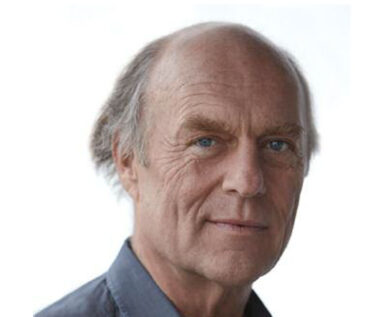Lyme Disease: A Physician’s Perspective
Lyme disease is the most common vector-borne disease in the U.S. — by some estimates, it is now more prevalent than AIDS.
- By Trudie Mitschang

LYME DISEASE is often called the “great imitator”; it can be difficult to diagnose and even more challenging to treat. We spoke with Dietrich Klinghardt, MD, PhD, medical director of the Klinghardt Academy, founder of the American Academy of Neural Therapy and lead clinician at the Sophia Health Institute in Woodinville, Wash. Internationally known for his successful treatment of chronic pain and illness, Dr. Klinghardt combines nonsurgical orthopedic medicine with immunology, endocrinology, toxicology, neural therapy and energy psychology. His unique approach has led to particular success with Lyme disease.
BSTQ: In your opinion, why is Lyme disease so difficult to diagnose?
Dr. Klinghardt: The biggest problem is we do not have an appropriate lab test, just a number of tests with a significant level of false negatives. After more than 100 years of tuberculosis, we still do not have a practical in-office way to diagnose tuberculosis with an appropriate lab test either, even though the illness is on the rise again. We have an insufficient skin test and the X-ray, which shows the illness when it is too late. With that in mind, there is nothing unusual about not having an appropriate microbiological test for Lyme. We are hoping the new culture test will be a success.
BSTQ: What are the main obstacles facing Lyme disease patients?
Dr. Klinghardt: In many cases, it’s a complex chronic illness affecting many body subsystems (hormones, joints, brain and CNS, gut, immune system). To clear the Lyme biotoxins (similar to botulism), our detox pathways have to be genetically sound and not overloaded with other toxins such as insecticides, lead, etc.
BSTQ: What are some common myths about Lyme disease?
Dr. Klinghardt: First, that it can be treated by giving two capsules of doxycycline in the evening and you will be cured in the morning (published a few years ago on the front page of most major U.S. newspapers). Second, that it does not exist (published and discussed online on Medscape). And, third, that it’s a psychological problem (it is not).
BSTQ: How does your treatment approach differ from conventional treatment?
Dr. Klinghardt: My preferred approach is both systemic and local: ozone injections to affected joints, restoration of gut microflora, systemic antimicrobial treatment and restoring immune competence. I use a combination of antimicrobial herbs in liposomal form and apheresis (blood filtration for immune complexes). For a few months, I prescribe a fat-free diet (microbes embedded in biofilm depend on fatty acids for nutrition). And, I include removal techniques for biotoxins and man-made toxins. After each biological intervention, we look at mobilized psychological issues and deal with them as well. I do use antibiotics if I run out of other options.
BSTQ:What is your success rate?
Dr. Klinghardt: The average patient in my office has seen and failed with 23 other healthcare practitioners, so I am mostly dealing with late-stage Lyme patients who have been therapy-resistant. We get most patients better, back into their life and a significant number well.
BSTQ: Can Lyme disease be cured?
Dr. Klinghardt: There is a difference between having the presence of the microbes and having the illness. The illness can be cured. I do not believe that in most cases we can establish a sterile tissue and blood environment. That is consistent with the current collective experience. The goal is to get the immune system of the patient back in the driver’s seat, not to sterilize the body.
BSTQ: What do you see in the pipeline in terms of treatment breakthroughs for this disease?
Dr. Klinghardt: Apheresis — filtering the blood for immune complexes, microbes and toxins as an adjunctive treatment. Currently it is only fully available in Germany.